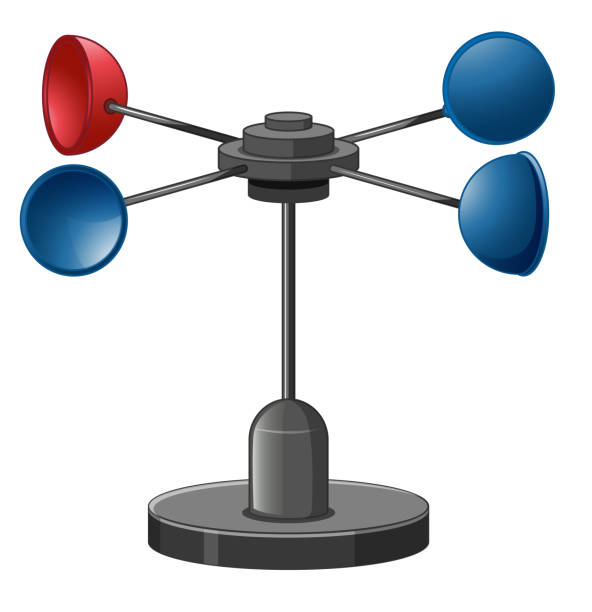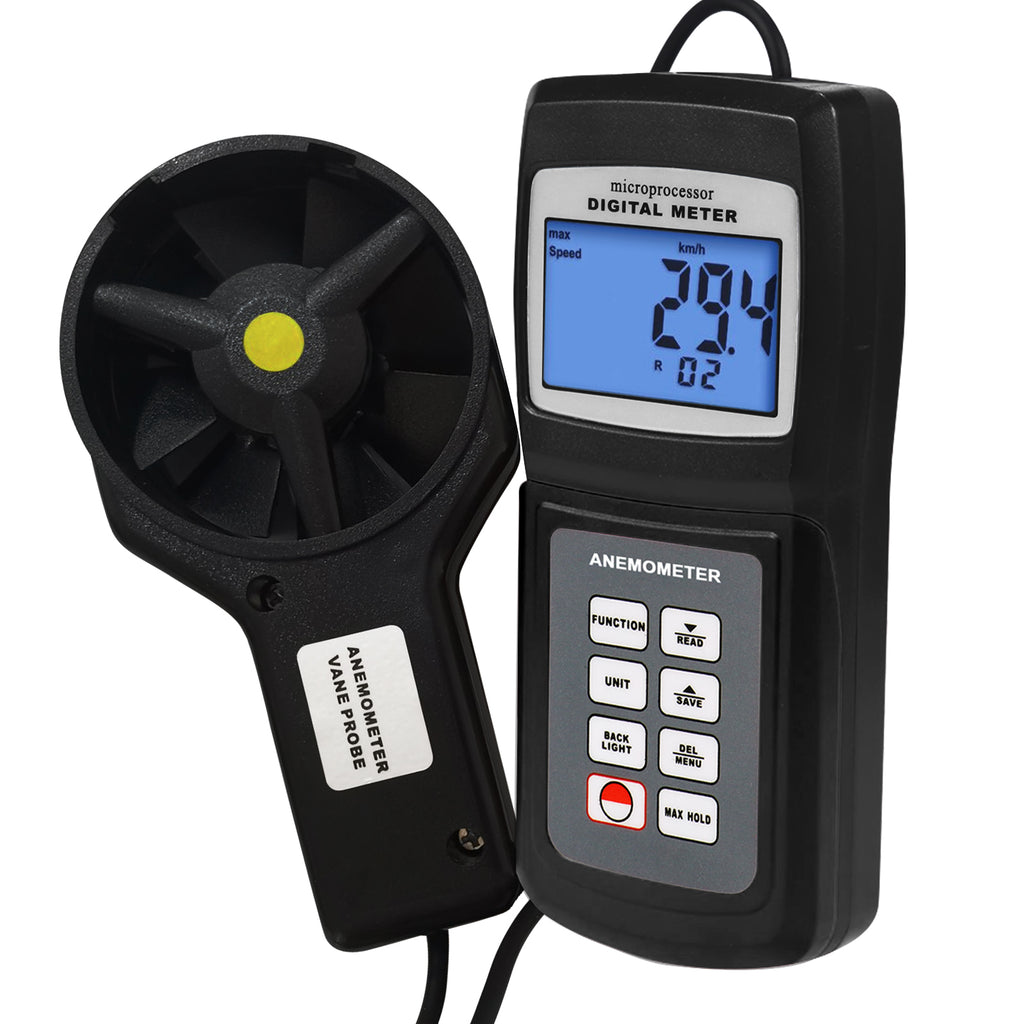The Duty of an Anemometer in Improving Safety for Outdoor Activities
The Duty of an Anemometer in Improving Safety for Outdoor Activities
Blog Article
Anemometers Unveiled: Recognizing Their Importance in Ecological Surveillance and Safety Procedures
The function of anemometers in ecological tracking and safety measures is frequently taken too lightly, yet their value is indisputable. From weather forecasting to aviation safety and security, anemometers play a critical role in providing accurate information that educates decision-making procedures and boosts general security.
History of Anemometers
The development of anemometers can be mapped back to the ancient human beings where rudimentary wind gauging gadgets were very first used. One of the earliest recognized anemometers was the hemispherical cup anemometer created by Leon Battista Alberti in the 15th century.
In the 18th century, the distinguished scientist John Thomas Romney Robinson introduced the Robinson anemometer, which featured four hemispherical cups mounted on straight arms that expanded from a central axis. This design became a requirement in meteorological measurements due to its accuracy and integrity. Over the years, improvements in technology brought about the advancement of more modern-day anemometers, consisting of ultrasonic anemometers and laser Doppler anemometers, offering raised accuracy and effectiveness in determining wind rate and direction. The history of anemometers showcases an exceptional journey of innovation and progress in the area of weather forecasting.
Types of Anemometers
Throughout the field of weather forecasting, different kinds of anemometers have been developed to properly gauge wind rate and direction. One of the most usual type is the mug anemometer, which consists of three or four cups placed on straight arms that turn with the wind. As the mugs rotate, the rate at which they turn is straight proportional to the wind rate. An additional widely utilized type is the vane anemometer, which features a tail or fin that aligns itself with the wind direction. This alignment enables the device to figure out the wind direction. Sonic anemometers use ultrasonic signals to measure wind speed and instructions accurately. They are generally used in research applications as a result of their high precision. Hot-wire anemometers operate based upon the concept that the cooling result of wind on a heated cord is proportional to the wind speed. These anemometers are suitable for measuring low wind speeds with high accuracy. Each type of anemometer has its staminas and is chosen based on the specific requirements of the monitoring task handy.
Applications in Meteorology
Having discussed the various kinds of anemometers made use of in weather forecasting for measuring wind speed and direction, it is important to explore their functional applications in the area. Anemometers play an essential role in meteorology by offering exact and real-time data on wind conditions (anemometer). Meteorologists use anemometers to keep an eye on wind speed and instructions to anticipate weather condition patterns, concern warnings for severe climate events like storms, tornados, and twisters, and examine atmospheric conditions for air travel security
In weather forecasting, anemometers aid in comprehending regional and local wind patterns, which are crucial for predicting climate changes and establishing climatic fads. These tools are likewise used in study to study microclimates, urban heat islands, and air pollution dispersion. In addition, anemometers are utilized in farming to enhance crop administration techniques, such as irrigation and pesticide application, based on wind conditions.
Value in Aeronautics Safety
An essential facet of making sure aviation safety and security depends on the careful tracking of wind conditions using anemometers. Anemometers play a crucial duty in aviation by supplying real-time information on wind speed and instructions, assisting pilots in making informed decisions during flight, touchdown, and liftoff. Unpredictable and strong winds can dramatically impact airplane procedures, making it crucial for aeronautics authorities to depend on precise wind dimensions to ensure the safety of guests and crew.

In the vibrant setting of aviation, where even minor adjustments in wind speed her comment is here and direction can have extensive impacts, anemometers stand as important devices for promoting safe and protected flight.
Duty in Environmental Research
Just how do anemometers add to advancements in environmental research? Anemometers play a vital role in environmental study by giving essential data on wind speed and instructions. This info is vital for recognizing different climatic procedures, such as air pollution diffusion, weather condition patterns, and climate adjustment. By precisely gauging wind features, anemometers help scientists assess the motion of toxins airborne, examine the influence of commercial discharges, and forecast the spread of pollutants in the setting.


Conclusion
In conclusion, anemometers have actually played a crucial function in ecological monitoring and security actions. Understanding the relevance of anemometers is vital for properly determining wind rate and direction, which is crucial for anticipating weather patterns, guaranteeing secure aeronautics operations, and performing environmental researches.
One of the earliest recognized anemometers was the hemispherical cup anemometer invented by Leon Battista Alberti in the 15th century. Over the years, improvements in innovation led to the read what he said advancement of even more contemporary anemometers, consisting of ultrasonic anemometers and laser Doppler anemometers, using increased precision and effectiveness in gauging wind speed and instructions. Hot-wire anemometers operate based on the concept that the cooling impact of wind on a heated cord is proportional to the wind speed. Meteorologists make use of anemometers to monitor wind rate and Resources direction to forecast weather patterns, issue cautions for extreme climate occasions like tornados, tornadoes, and storms, and analyze atmospheric problems for aviation security.
Recognizing the importance of anemometers is vital for accurately gauging wind rate and instructions, which is crucial for forecasting weather condition patterns, guaranteeing safe aeronautics operations, and performing ecological studies. (anemometer)
Report this page